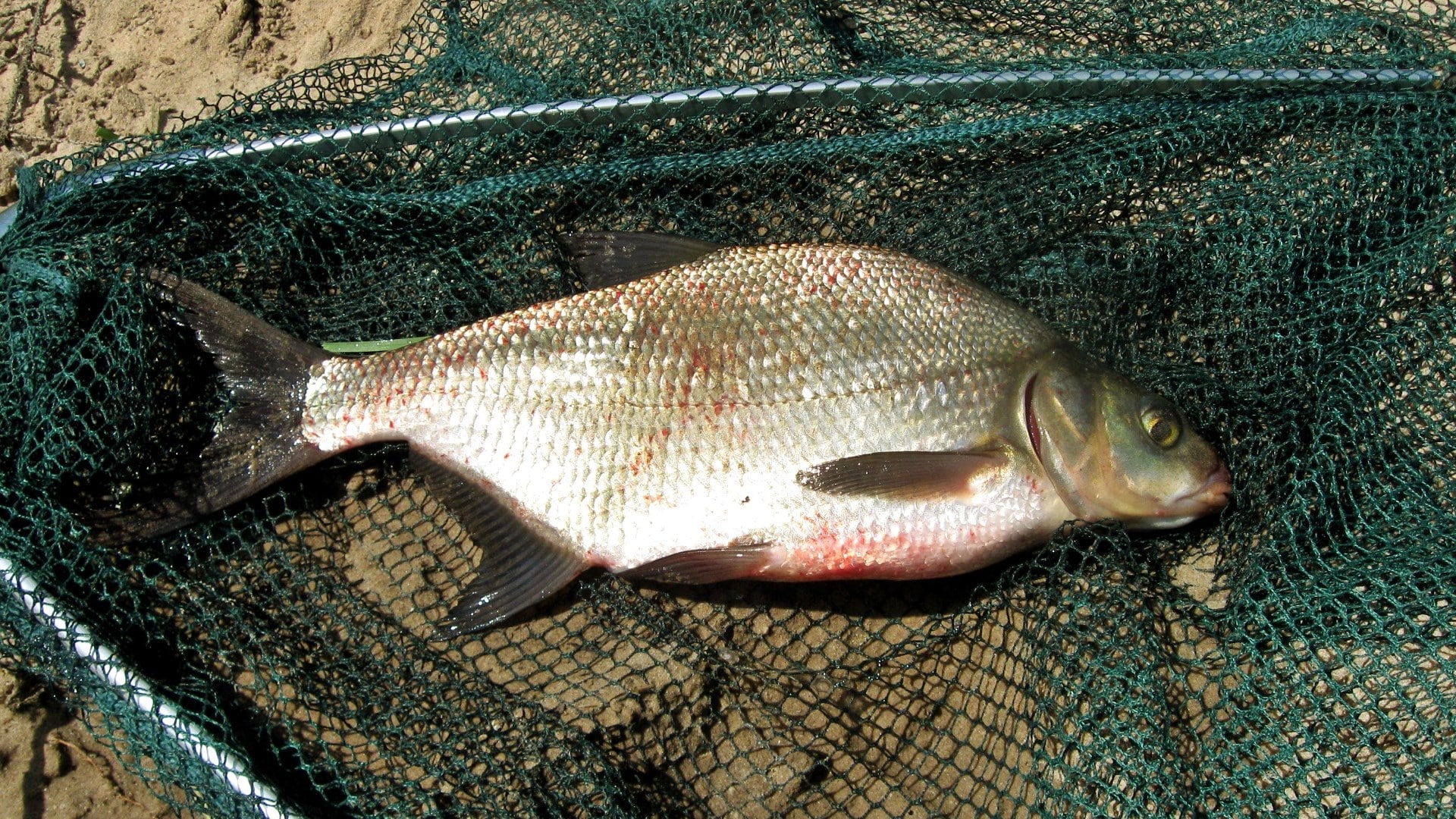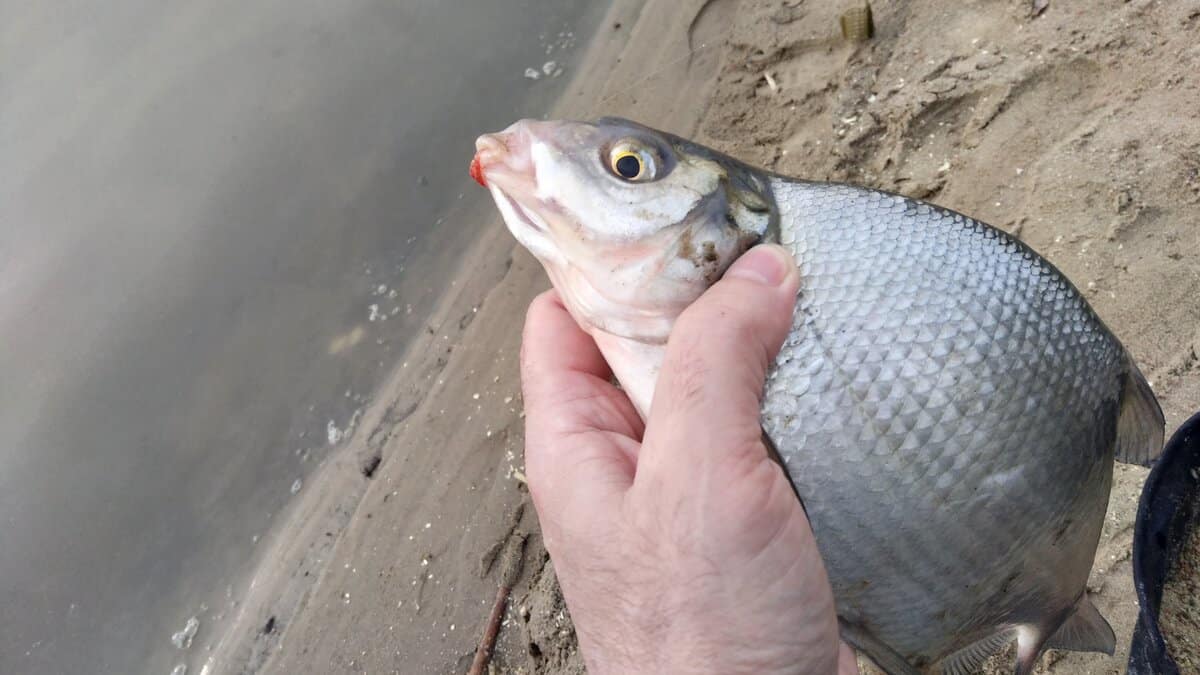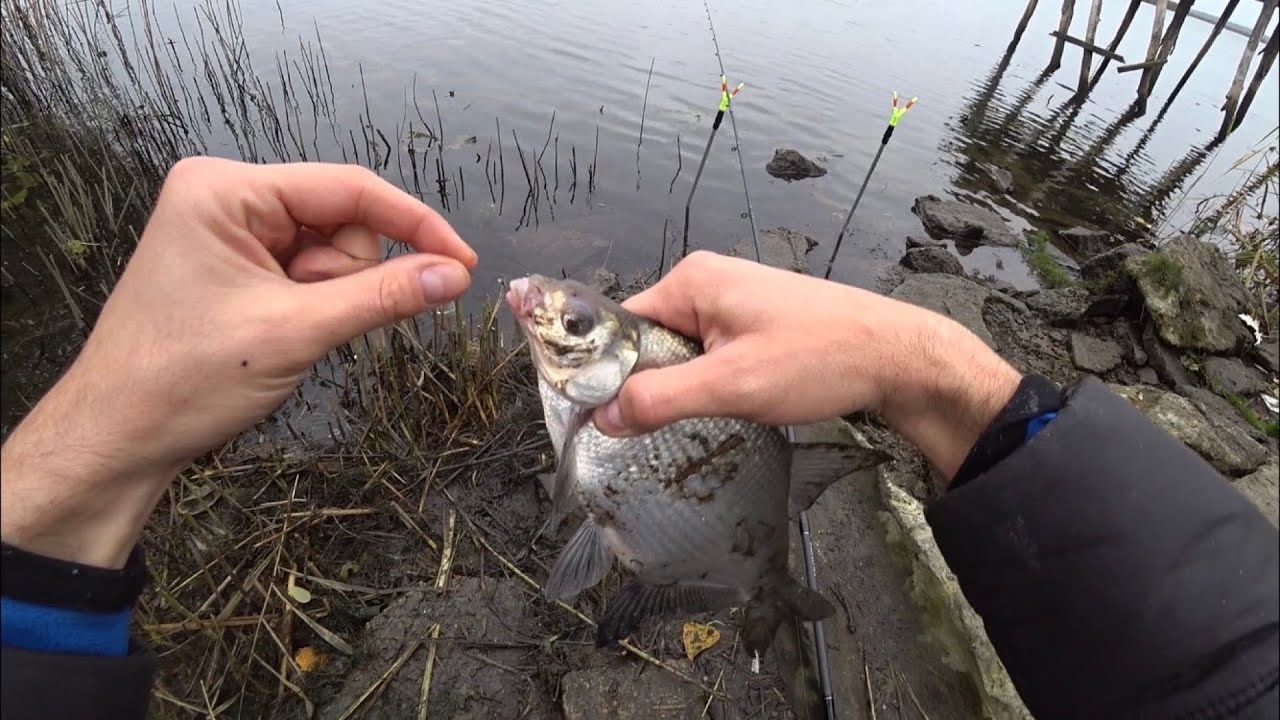The best time to find and catch trophy bream is in the spring. When the ice just melts from rivers and lakes, experienced breammen take out tackle and rush to water bodies in the hope of catching a worthy specimen. The increased activity is associated with the preparation of bream for spawning. Literally within 2 weeks after the water warms up to +12 +14 ° C, the fish shows increased activity and responds perfectly to baits. At this time, fishing for bream and breeder with a float rod is especially effective.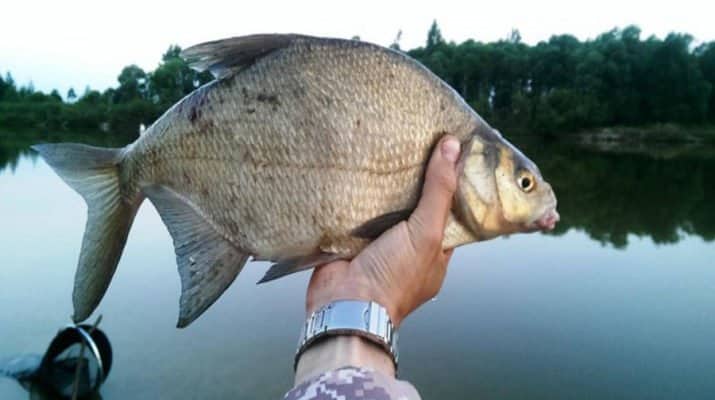
Fishing for bream in spring, summer and autumn with a float rod is quite an exciting activity and is suitable for both avid anglers and beginners.
- About bream and its habits – first acquaintance
- How to choose float tackle for catching bream
- Choosing a rod for bream
- Fishing line
- Coil
- Float when fishing for bream
- Hook
- Float loading
- How to fish in still water
- How to fish from the shore
- How to fish from a boat in still water
- How to fish from a boat on the current
- Spring fishing features
- Summer fishing features
- Features of autumn fishing
- Поделиться ссылкой:
About bream and its habits – first acquaintance
Bream is a cautious schooling fish. When going fishing, you need to be quiet and avoid bright colors in your clothes. When fishing at night, it is advisable to stock up on lanterns with the function of diffused light and not shine on the water until the start of the bite. Having fed the flock, you should not count on massive bites. When playing the first specimen, the rest of the individuals can go to the depths and you will have to start all over again. In order to prevent this from happening, you need to make an additional casting of bait after catching the first fish
.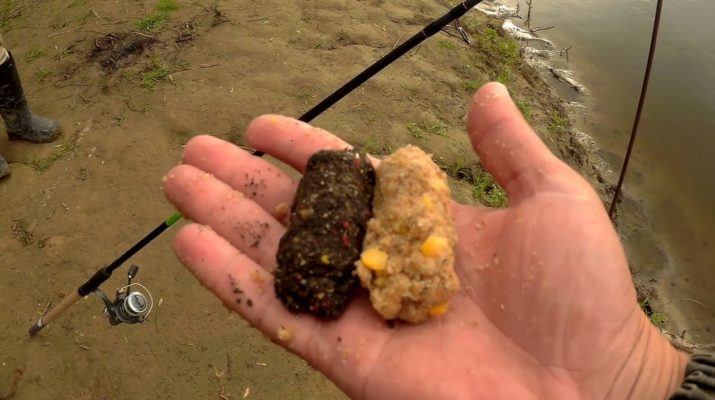
- Night . Perhaps this is the most promising time for catching large specimens. Adults are the most cautious and come close to the shore only at nightfall. As experienced fishermen tell about fishing for bream on a full moon, the bite can intensify and it is easy to get bream on the shallows with the help of a float rig. This is most likely due to the fact that the bait is better visible in the light of the moon.
- Morning . In clear and warm weather, morning float fishing can bring pretty good results. It is advisable to fish the coastal edge in shallow water. Breams often go to warm water areas in search of food and warmth.
- Day . At this time, the flocks go closer to the pits and the current, therefore, when fishing with a float rod, it is better to use a boat. Most often, fishing does not differ with intense bites, but if you manage to find a place for daytime parking, then you can count on good results.
- Evening . In the spring at this time it is worth looking for flocks closer to the driftwood and coastal vegetation. Females prepare for spawning and try to adhere to natural hiding places. Closer to summer and autumn, bream in the evening either stand on the current, or adhere to the unevenness of the bottom. Usually, experienced breammen spend the evening pre-feeding.
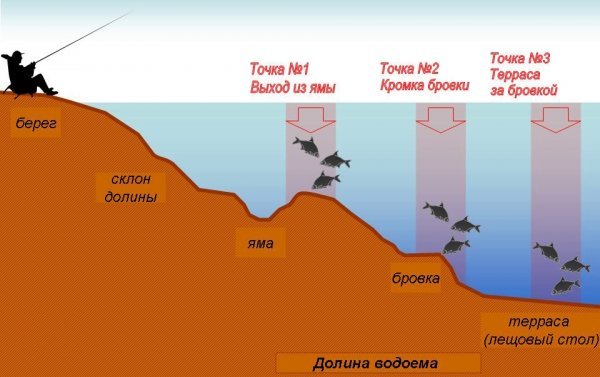
How to choose float tackle for catching bream
The bream rig can be assembled on several types of float fishing rods
. Distance, fishing method (from the shore or from a boat), current and depth are usually taken into account.
Choosing a rod for bream
- Fly fishing rod . A CFRP or carbon fiber rod will do. Since fishing for bream usually takes place from long distances, you need to pick up a light but durable material. For fishing from the shore, a length of 4 to 9 meters is suitable, and 4 meters from a boat will be enough. The test within 30 grams is suitable for stagnant water and for fishing on the current.
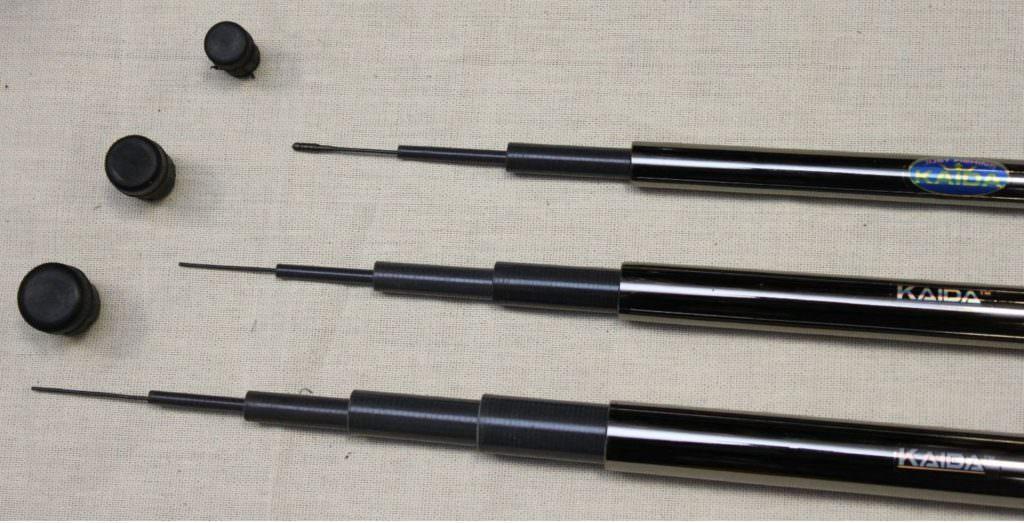
- Match tackle . Rod from 3.5 to 4 meters. Such a rod is chosen for catching trophies from a depth of 5 meters or more. The shape of the blank should be “medium” or “slow” for accurate hooking and playing. Test range from 15 to 25 g. Usually used when fishing from the bank.
- Bologna . Carbon fiber blanks 6 to 7 meters in size with a test range of 20 to 25 grams are suitable. It is better to choose the average diameter of the rings, for more comfortable fishing in overgrown reservoirs. They are used for fishing from the bank or for wire fishing on the current. From a boat, such blanks are used for fishing with a free vacation with the flow.
- Plug-in . Such a tackle works best from the shore with a size of 9–12 meters, and from a boat from 4 to 5 meters. For more comfortable dynamic fishing, you need to purchase carbon fiber with backlash-free seat cups. Test from 20 to 30 grams.
Fishing for bream with a fly float rod on the river in the wiring – video from the shore of the reservoir: https://youtu.be/hRHais3HU1g
Fishing line
It is advisable to take into account the natural caution of the bream when choosing a line or monofilament line and give preference to a thinner one. Installation is best done without using swivels, locks and other elements. All connections must be made using reliable self-tightening knots. Depending on the fishing conditions and the intended specimen, you can use line from 0.20 to 0.35 mm. Accordingly, the leash should be slightly thinner from 0.16 to 0.25 mm. To increase strength, it is better to make a fluorocarbon leash. Thus, if you are going to hunt for a trophy, then you need to set the tackle from 0.20 mm, and the line for the scavenger can be 0.15-0.2 mm. 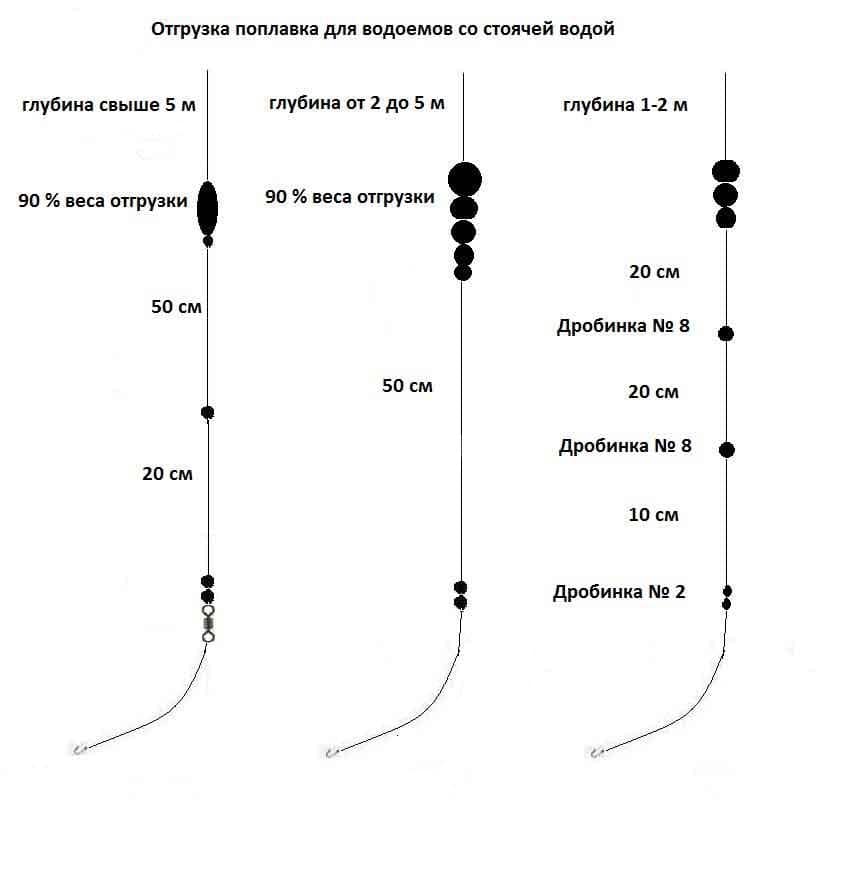
The cord is rarely used when fishing for bream, especially when using float equipment. If used, then the finest diameter and colors according to the color of the water in the reservoir.
Coil
Spinning reels with a soft and precise friction are well suited for catching bream with float gear. This will allow you to regulate braking when hooking and playing. Only match and Bolognese fishing rods are equipped with reels. Sometimes Bolognese fishing rods are fitted with easy-to-move wire reels. If you do not plan to do long casts, then any inertial model is quite suitable.
Float when fishing for bream
The choice of floats is directly determined by the choice of the place for fishing, the distance of the required casting, weather conditions and other factors. For example, in windy weather, it is better to install an elongated float with a long antenna, and for long casts, use a match model weighing from 3 to 5 grams. If you are going to fish on the current, then it is advisable to use flat or spindle-shaped models. On calm waters with slight ripples, sports or recreational models from 0 to 1.5 g can be used.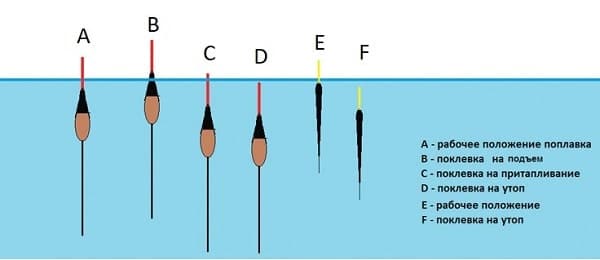
Important. In times of poor bite, the lightest floats have proven to be the best. The smaller the model, the more active the bite.
Hook
The selection of the hook should be appropriate for the chosen bait and the intended catch. The sting should be curved to the side and inward. Most often hooks with a shortened forend are used. The color of the metal must match the bait. Examples of hook sizes for baits and baits:
- No. 6-8 are suitable for a bunch of worms.
- No. 12-14 are used for planting maggot .
- No. 8-14 work well with vegetable baits.
Float loading
The cargo is picked up in accordance with the fishing conditions. You can use pellets. But the best option for a bream rig is a slip lead. In order not to frighten off the fish while lifting loads from the bottom, you need to place the load correctly. When mounting a load on the main line, the heavier load is placed on top, and the lighter one is closer to the leash. Ways of loading the float for different fishing conditions for bream, – on the current, reservoirs without a current: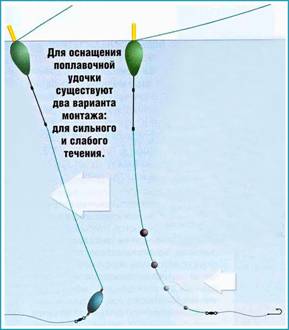

- Tie a line equal to the length of the rod to the tip of the rod or the first ring. If the installation is done with a reel, then you need to stretch the line into the rings of the fishing rod.
- Then thread the fishing line into the special mounts on the float.
- Depending on the fishing conditions, the float is loaded using pellets or sliding weights.
- The leash is attached with a carabiner or swivel, but it is better to make a more inconspicuous knot and thread the loop through the loop.
- A hook is attached to the edge of the line.
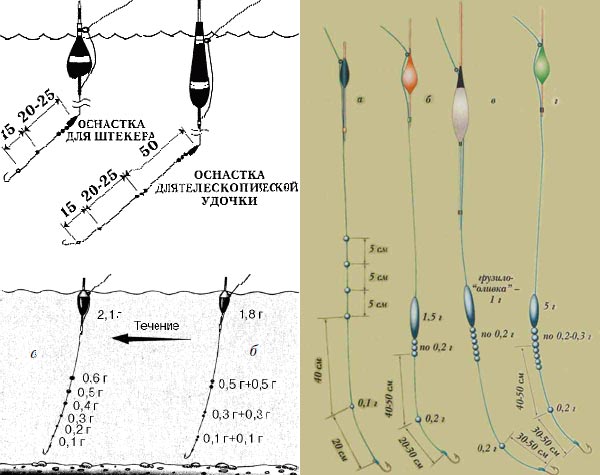
How to fish in still water
Fishing for bream with a float rod in the summer in stagnant water most often yields good results only at night. You can try your luck in the morning or late in the evening, but it will be difficult to achieve a good catch. Breams flock during the day and stay closer to the center of the reservoir. Most beginners start with this type of fishing. Groundbaits in standing water should be of good weight and crumbly. Throw in complementary foods carefully and infrequently. Splashes can frighten off wary fish. It is important to remember that bream feeds from the bottom, so all baits must be fed correctly. Exceptional cases of biting near the surface are observed only in highly overgrown areas.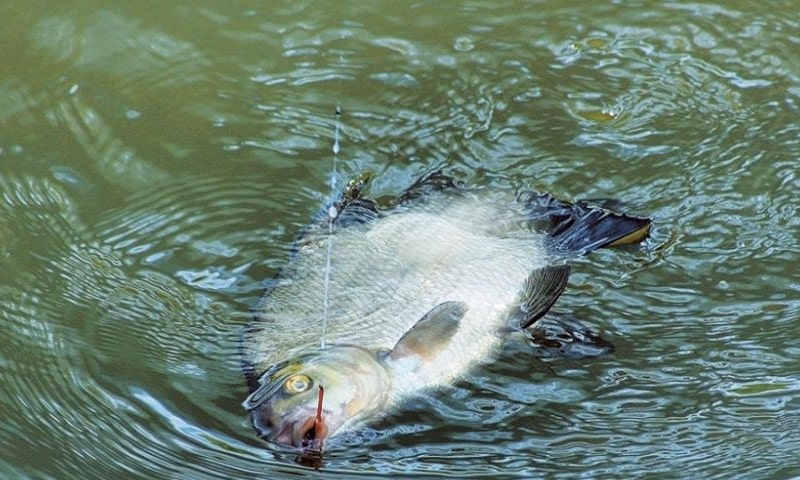
How to fish from the shore
Usually bream flocks stand in a weak current in natural depressions. You can catch a decent specimen on the stretches or holes that are located on the border of rivers and lakes. In such places, bream comes out for feeding in the early morning. For catching bream with a float rod from the shore, blanks with a length of 3 to 5 meters are suitable. Flow baits must be of sufficient weight and slow to decay. This is necessary so that the cloud of turbidity and food particles do not spread over long distances. The nozzle should be on the bottom without moving. Therefore, it is worth supplementing the installation with an additional load.
How to fish from a boat in still water
With this method of fishing, you need to study the unevenness of the bottom with the help of an echo sounder or a marker weight. Best of all, bream bites at the exit from the pit. Silence should be observed when hunting for bream from a boat to a float. Feeding groundbait should be done with extreme caution. It is advisable to add the required complementary feeding rate at a time. You can use a boat or a rocket. Additional balls should be thrown in only if there is no bite at all for 15–20 minutes.
A good sign of a bream’s near bite is the lull of small fish. As soon as the roach stops disturbing the bait, you need to prepare for the bite of larger fish.
How to fish from a boat on the current
To increase the intensity of biting on a float rod, you need to feed the bream even on the current. To do this, you need to throw balls with bait in a place slightly upstream. So the complementary food will gradually be carried to the place of fishing. Additional small fractions in the bait will help to discourage small fish. They will be quickly carried away by the current, and all unwanted little things will go away after the stain.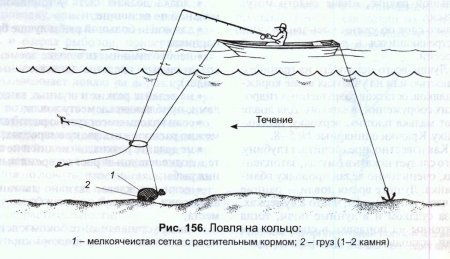
Spring fishing features
In early spring, fishing conditions are constantly changing. Bream is very sensitive to changes in temperature and weather conditions. Flocks move chaotically, gaining weight in the pre-spawning period. Only after spawning do the fish move cyclically. Usually, during the day, the flocks stand in the current or at a depth, and closer to the night they move closer to the shore. It is possible to hunt bream with a float rod in the spring at the very edge of the algae. When there is still a lot of water and turbidity on rivers and lakes, flocks can come close to the shore even during the day. If you feed a promising place correctly, you can collect a good catch. During and immediately after spawning, only breeders or adult males usually bite. At this time, biting can completely disappear and resume only after a few days. If the water level during the flood does not drop for a long time.That biting can resume only in June.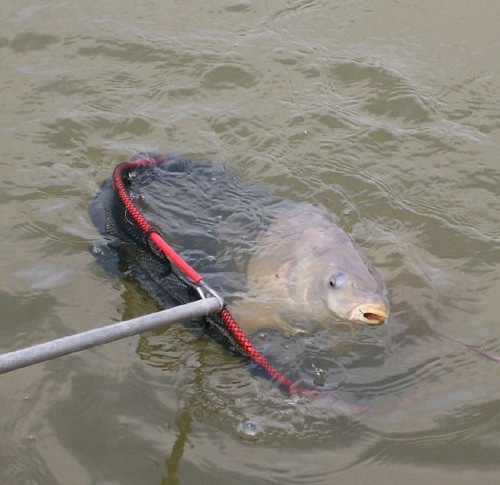
- 300 gr. boiled millet ;
- 300 gr. steamed finely ground corn;
- 300 gr. breadcrumbs;
- 300 gr. oat flakes;
- 250 g sweet cookies;
- 100 g sugar;
- maggot or chopped worm.
In early spring, bream responds well to nutritious animal baits. Such as maggot, dung worm, dragonfly and beetle larvae. All kinds of sandwiches and boilies work great
. Best open water bream baits: https://youtu.be/rIL9UV1fGRc
Summer fishing features
At the beginning of summer, the spawned individuals spread throughout the entire water area in search of food. On the river, fish go to areas with a rift current. It is possible to catch bream on a float in summer near the shore, if you constantly feed the fish. Thus, it is possible to accustom the flocks to constant feeding. The most favorable time for fishing is early morning and night. Large specimens are most often caught in several pieces in a row with long breaks. Creepers can peck all morning and part of the day with varying intensity. It is better to set the thickness of the fishing line for the summer period thinner, since the fish behaves more cautiously due to the abundance of food. When fishing for bream on a float in the summer from the shore, you need to learn how to properly fish out the fish.
It is important to be able to lead the caught individual in such a way that the hatch trajectory does not intersect with the feeding flock.
Summer complementary food recipe:
- 200 gr. sunflower cake;
- 100 g bread or ground crackers;
- 100 g canned or fresh peas;
- 200 gr. oatmeal (steamed);
- flavors (vanilla, caramel, coriander);
- black earth or sand.
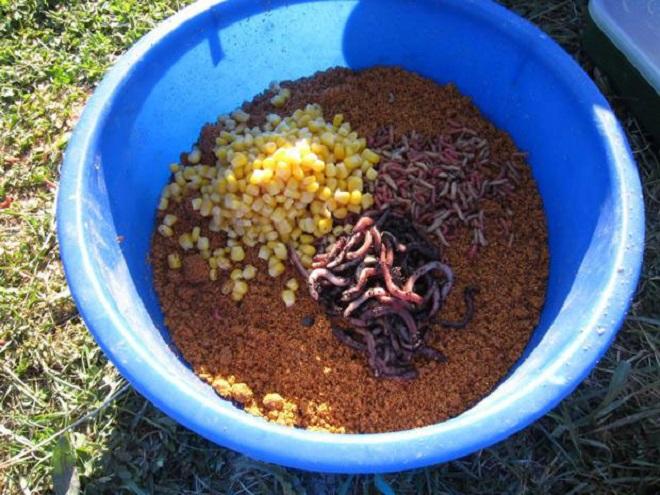
In the summer, when the reservoirs are already partially overgrown, you can diversify spring baits with vegetable baits. Bream responds well to
corn ,
barley , boiled pasta, bread, dough and peas. Sometimes flavored foam balls are used when fishing for a float tackle. Fishing for bream with a float rod in summer in still water from the shore – video report: https://youtu.be/fjkub4l1SBw
Features of autumn fishing
In autumn, bream prefers to stay close to vegetation. These can be shallows or pits. Before the onset of cold weather, the fish actively reacts to vegetable baits. Towards the end of September and the onset of the first cold snaps, preferences change. During this period, it is best to offer animal baits or vegetable-baited sandwiches. In autumn, it is advisable not to use flavors, since with a cold snap the fish becomes more fastidious and picky. And also during this period you should not overfeed the fish. Complementary foods should be applied in small portions and not too often. It is best to supplement autumn lures with animal baits. Fall complementary food recipe:
- 200 gr. breadcrumbs;
- 100 g wheat bran;
- 100 g rye bran;
- 200 gr. semolina;
- bloodworm or maggot ;
- 100-150 gr. sunflower cake;
- 30 gr. hemp cake;
- 100 g Hercules flakes (ground).
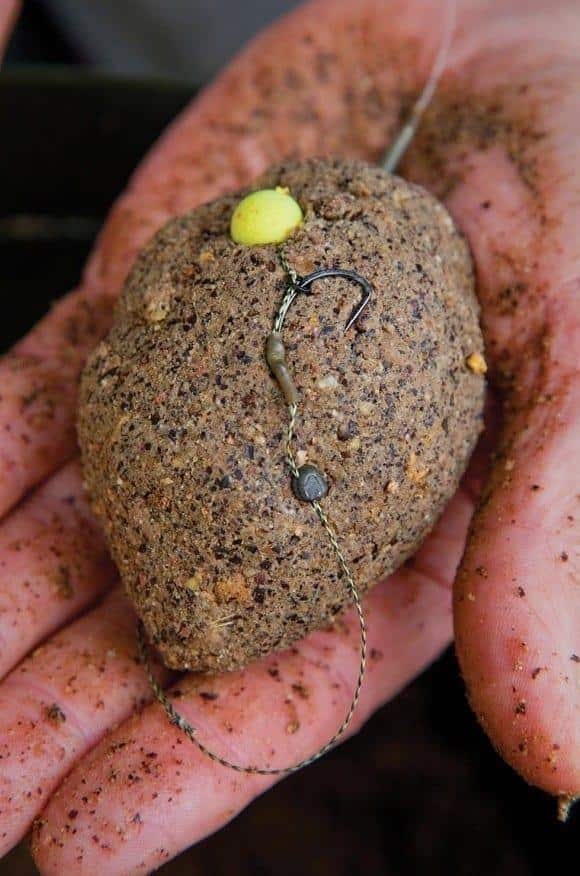
For successful bream fishing with float tackle you need:
- choose the right fishing spot;
- stock up on a strong, but lightweight rod;
- make an inconspicuous installation;
- prepare complementary foods for the season by adding bait components to it;
- choose the right bait;
- when playing, do not frighten off the flock;
- do not overfeed fish and do not abuse flavorings in cold water;
https://youtu.be/C3jEf9FCafE Observing these simple rules, you can catch bream with pleasure and efficiency with float tackle practically at any time of the year under different fishing conditions.
